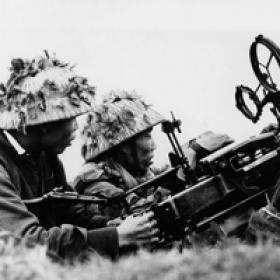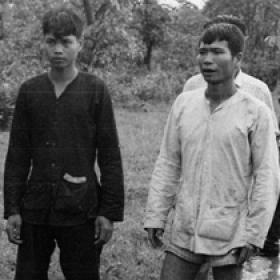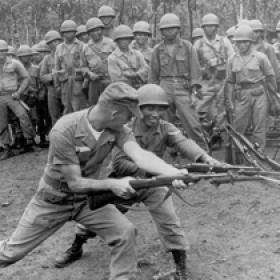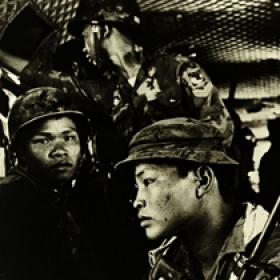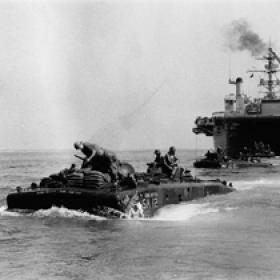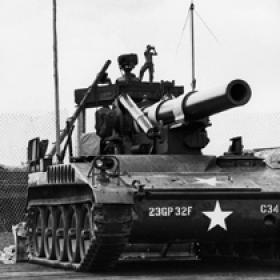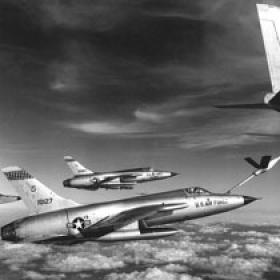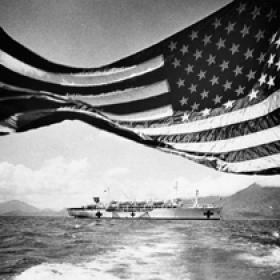People's Army of Vietnam
The People’s Army of Vietnam (PAVN), popularly known as the North Vietnamese Army (NVA), was the main branch of the armed forces of the Democratic Republic of Vietnam. Like the Army of the Republic of Vietnam (ARVN), the PAVN was divided into regular, regional, and security forces that each received different degrees of training and supplies. Additionally, officers, reinforcements, and supplies from PAVN forces were often funneled to the Viet Cong, which operated with PAVN troops frequently. Nevertheless, the two forces remained distinct. The People’s Army of Vietnam traces its lineage back to the Viet Minh fighters organized by Võ Nguyên Giáp during the war with France, with the formal separation of the PAVN coming by the end of 1950. Soviet and Chinese advisers and supplies enhanced the fighting strength of PAVN forces. The army was well-motivated and politically indoctrinated, and often employed a mix of regular and irregular (guerilla) operations. With the coming American withdrawal, PAVN forces employed more conventional attacks, as was seen in the 1972 Easter Offensive. However, American airpower and ARVN resistance stifled this attack. Three years later, however, PAVN forces had recovered from their earlier offensive, and now stood strong with 685,000 troops. Armed with tanks and artillery marched successfully on the South, ending the Vietnam War. PAVN troops suffered a significant amount of the North’s wartime casualties, with hundreds of thousands dead. PAVN troops earned no respite from conflict, however, and in 1978 were on the frontlines of Vietnam’s war with Cambodia. Learn more about the People’s Army of Vietnam.
